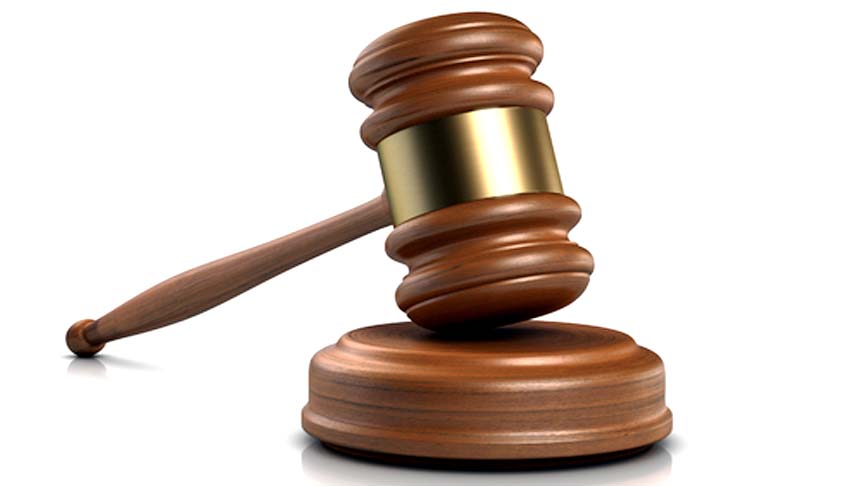It gives me great pleasure to review. Dr.Chakravarthy’s book “IPR BRIDE & COMPETITION GROOM”. The choice of the title of the book” reveals Chakravarthy’s high sense of humour which incidentally is not confined to his writing. Being a gifted speaker, he laces his speeches which he delivers on special occasions with witty puns and humorous observations.
First a few words about Chakravarthy’s brilliant academic record. He secured a First class Master’s degree in Mathematics and Statistics from the Annamalai University and was the topper.
It may be mentioned that in the early sixties, securing admission for a course combining the above two subjects was extremely difficult and indicative of exceptional merit.
Chakravarthy obtained his Doctorate in Management, from the Indian Institute of Technology, Delhi, an uncommon achievement for a civil servant, burdened with routine administrative duties. It is common knowledge that among the officers selected for the Indian Administrative for a particular year, only a handful would obtain a doctorate in some mental discipline. Chakravarthy, who is one such officer, belongs to the 1961 batch of IAS. He also has a Law degree from Delhi University.
Among the prestigious assignments he held were Special Chief Secretary of the Government of Andhra Pradesh, Member, Monopolies and Restrictive Trade Practices commission, and Member Company Law Board. He has around ten years of experience in adjudicating Tribunal. With his specialisation in the field of Intellectual Property rights, with emphasis in the field of Geographical Indications, he was appointed Member, Consultative Group on Geographical Indications (IPR) Govt of India. He was appointed the Chair of the Expert Group on Interaction between Trade and Competition Policy (WTO related) by the Ministry of Commerce, Govt of India in 1998-1999. He was Member, High Level Committee on Competition Policy and Law and later Member on the Committee to draft the new Indian Competition Act, 2002. Recently he was appointed as a Member of the Competition Law Review Committee.
Presently he is attached to the Administrative Staff College of India, at Hyderabad as Honorary Visiting Professor and continues to serve as Advisor Consultant on policy and Law.
Dr. S. Chakravarthy, with his characteristic humility, has commenced the theme of his book stating that he is in a sense like Newton who had amused himself with a smooth pebble or two while the great ocean of truth lay undiscovered before him.
Competition laws are drafted and implemented to promote efficiency in the market place. This is to prevent the possibility of market distortions. However, Intellectual Property Rights (IPR) have a different role – to protect the rights of an inventor or creator over his or her inventions or discovery done through a unique path-breaking method. There could be protection over the product or process or both. This is to spur creativity or protect the discovery for which money must have been poured into research. Often researchers or companies spend huge sums of money and time for a possible product which, sometimes, may end up as a ‘gamble’ (like in the case of finding an active molecule that may or may not lead to a new drug). While competition laws and IPR have their individual roles to play, quite often there is a lurking perception of an inherent tension between the two domains. Chakravarthy has dealt with this with aplomb and an incisiveness that is rare. He brings out the point that the two realms can co-exist and, at the same time, complement each other. In today’s world of trade tensions and competitive innovations, this harmony is absolutely necessary.
It is well established that intellectual property laws create and protect monopoly power; competition laws may seem to do just the opposite. The world is divided between those who want to fiercely barbwire their inventions or discoveries while there is a strong lobby that holds the view that such fences must be dismantled for the benefit of a large community who do not have access. Chakravarthy does not, rightly so, back one realm over the other; instead, he has put the facts before the readers to decide for themselves.
IPR and competition laws in India have, of late, come in for some serious debate, especially with the advent of social media and multinational companies. Some of the cases have gone to the courts too. After all, these two realms are in an evolutionary stage in countries like India aiming to become a dominant economic force. The author has dealt with some of these cases to highlight the thinking process in India, especially the Government.
Chakravarthy by virtue of his brilliant academic record and by virtue of his experience in very senior positions in various Government Departments, at the Centre and the State dealing with these two subjects, has come out with a brilliant book which would be of interest, to Judges, Lawyers, students of law , and officers of Central and State Governments entrusted with the task of enforcing the rights and laws pertaining to Intellectual Property Rights and Competition Law.
But more than all that, he can afford to say like Newton (by twisting his quote to suit our context):
“If I have seen further than many others, it is by drinking deep from the wells of the literature on Intellectual Property Rights and Competition Law.
Chakravarthy would like to regard IPR as a bride and Competition Law as a groom and his goal is to see that the groom and the bride have a happy consummation. I would say that his book has not only achieved this but also ensured a sweet and protracted honeymoon.








































